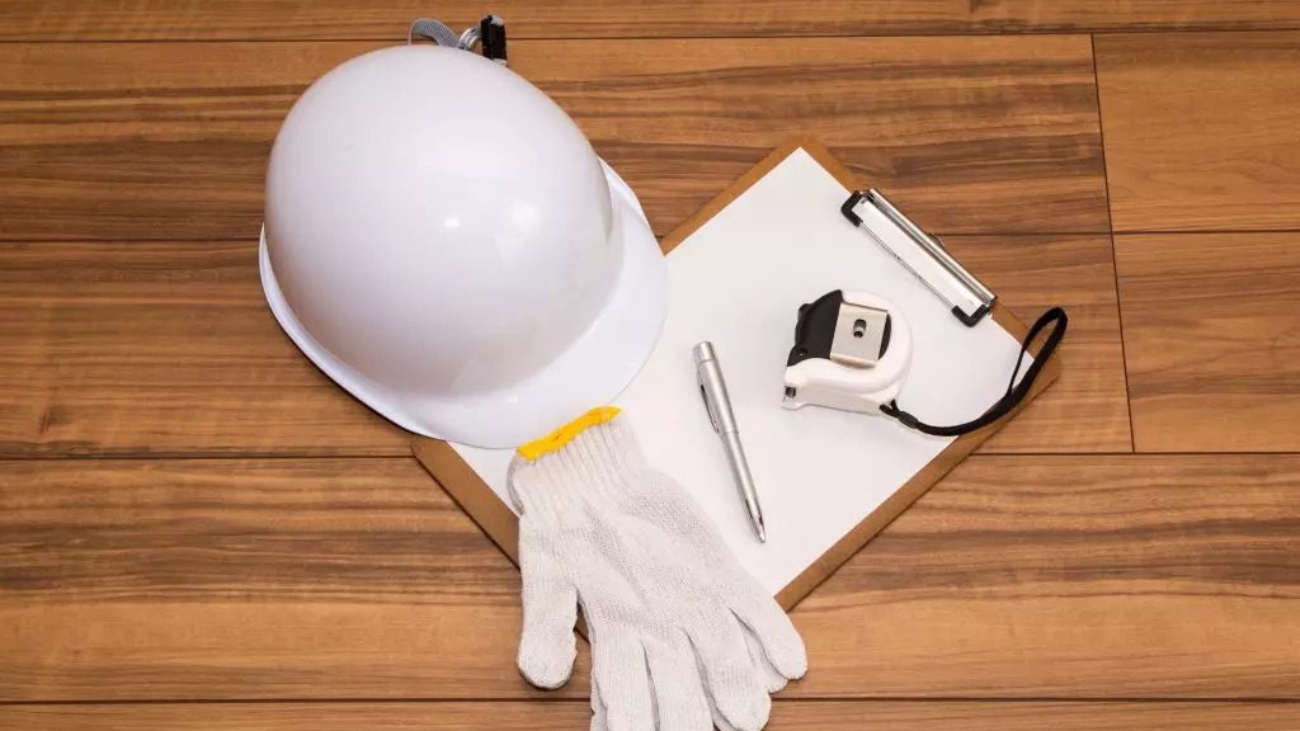Is there a better time to explore the Australian property market than now? As we step into 2023, the dynamics of supply and demand are shaping up to create unique opportunities for property investors.
Let’s dive deep into the current state of Australia’s property market, where house prices are expected to soften, but not as severely as some might expect, provided the cash rate doesn’t reach 4%.
Background
Australia’s property market, worth a staggering $9.4 trillion as of November 2022, is a cornerstone of the nation’s economy.
Property investment in Australia is more than just buying and selling properties; it’s about understanding the factors influencing supply and demand, market segments, purchasing power, and location.
Current Demand Situation
The demand for property in Australia varies greatly from city to city. Sydney continues to maintain its position with the most expensive properties—the median dwelling asking price as of January 3, 2023, is $1.27 million.
Meanwhile, Perth is offering relatively good value this year, with its resilient economy and potential upside given the expected increase in demand from Chinese investors.
The capital city average asking price for a house in the first week of January 2023 was $1.25 million, while the average asking price for a unit was $621,3206.
Impact of Supply and Demand Situation
The dynamics of supply and demand in Australia’s property market are likely to create a mixed bag of opportunities and challenges in 2023. First home buyers, incentivized by current policies, are likely to return to the market first.
Higher rents and rental yields, having risen dramatically over the past 12 to 18 months, might also attract investors back into the market.
Future Projections
Looking ahead, the property market in 2023 may witness price falls in the first half of the year, followed by a potential recovery later in the year, provided the cash rate stays under 4%.
While property may continue to slide in value, very few experts would claim that property would crash entirely.
After all, many Australians are invested in property—either as their prime residence or as part of a property portfolio—and it’s in the government’s interest to prevent a market collapse.
Tips for investors
Stay Informed: Stay updated on the latest trends and predictions in the property market. Pay close attention to fluctuations in interest rates and house prices, as these can significantly impact your investment decisions.
Location Matters: Understand that the property market varies greatly across cities. While Sydney has the most expensive properties, Perth offers good value in 2023, providing potential opportunities for investors.
Be Cautious with Borrowing: In a market where the cash rate is potentially rising, it’s essential not to overcommit on your mortgage. Make sure your investment strategy accounts for potential interest rate rises and falling house prices.
Consider Rental Investments: With rental yields on the rise, investing in rental properties could be an attractive opportunity. High rental yields can provide a steady income stream and potential capital growth over time.
First Home Buyers’ Market: Be aware that first home buyers are likely to return to the market first, potentially increasing competition for certain properties. Be ready to act quickly if you find an investment opportunity that fits your strategy.
Tips for real estate agents
Educate Your Clients: In a fluctuating market, your clients rely on you for expert advice. Help them understand the current supply and demand situation, potential interest rate changes, and what these factors mean for their property goals.
Location-Specific Marketing: Highlight the unique benefits of different locations. If you’re selling in Sydney, emphasize the prestige and potential long-term value. In Perth, highlight the resilience of the market and potential for growth.
Promote First Home Buyer Incentives: If you’re working with first home buyers, make sure they’re aware of all the incentives available to them. Encouraging first-home buyers can help stimulate demand in the market.
Focus on Rental Properties: With rental yields on the rise, rental properties can be an attractive option for investors. Highlight potential rental income when working with investors.
Advise Prudence with Financing: Encourage clients not to overcommit on their mortgage, especially in a market with potentially rising interest rates. Help them understand the long-term implications of their financing decisions.
Conclusion
Property investment in Australia presents a complex picture in 2023, with various factors at play. Whether you’re a first home buyer or an investor, understanding the current supply and demand situation can help you navigate the market effectively.
Remember, there’s no one-size-fits-all strategy in property investment. It depends on the property you’re eyeing, where it’s located, and your purchasing power. So, stay informed, do your research, and make the best decision for your unique situation. Happy investing!












